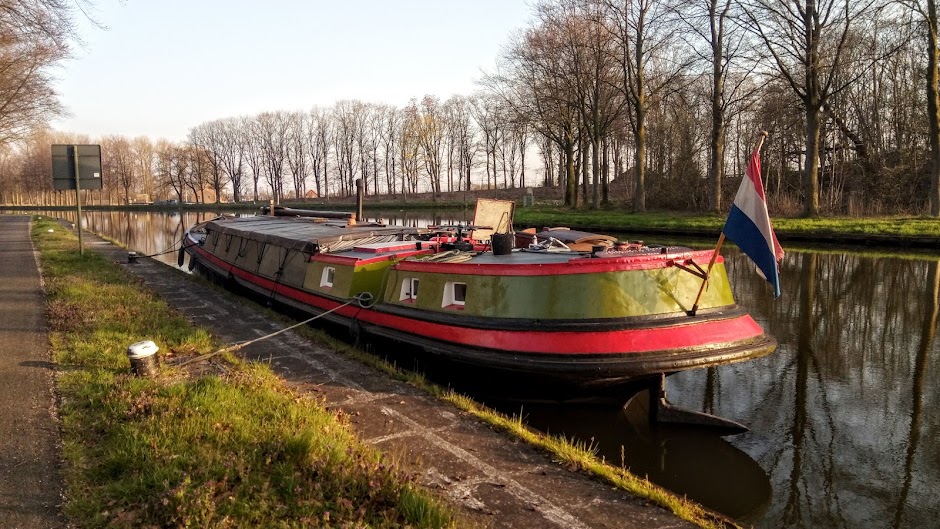Well, here is the post I promised you all about our new destination in France. To recap, my daughter has bought a house in the Haute-Marne department of France's Grand-Est region. According to that wonderful source of all superficial knowledge, Wikipedia, Haute-Marne is one of the 83 departments created during the French Revolution in 1790. It was made up of parts of the Champagne, Burgundy, Lorraine and Franche Comté provinces, but is dominated by the beautiful Marne valley which runs through the department from its source just south of Langres to Saint-Dizier in the north before continuing out of Haute-Marne west on its way to Paris. The map below shows the course of the river along with all the tributaries that feed it.
 |
| The Marne and its feeder rivers |
All the department's major towns are on the Marne. I say 'all', but there are only five of them: Langres, Nogent, Chautmont (the prefecture), Joinville and Saint-Dizier. Of these, only Saint-Dizier and Chautmont have populations over twenty thousand. The other three boast numbers well below ten thousand, with Joinville being the smallest at just over three thousand.
Koos and I visited Chaumont and Joinville and were impressed by the sense of important urban life that both places exuded. Just as an example, our local town on the Dutch/Belgian border, Sas van Gent, has a larger population than Joinville but still feels like little more than a village. Joinville, on the other hand, seems to have bigger muscles and has more self-assurance as a town of substance.
It also has a more aristocratic history than our Sas van Gent. Joinville was originally the site of an important castle in medieval times and gave its name to the title, Prince of Joinville, adopted by the renowned House of Guise. Its heritage is visible, giving a nod to classical French urban architecture in the centre and the delightful shuttered houses lining the Marne’s banks. There is a formal park, the remains of the castle and some gorgeous ancient backstreets, all the more delightful for their air of shabby chic.
Chaumont, a much larger city as well as being the department capital, also has a long and noble history. Dating back to the 12th century as a seat of the Counts of Bassigny and later of Champagne, there is not much remaining of its early origins, but the basilica dates from the 13th century and there's also the Tour Hautefeuille, an 11th century castle keep, the only morsel left from the chateau of the Counts of Champagne. I was sorry we didn't see as much of Chaumont as we'd have liked, but we've promised ourselves we'll redress that situation next time we go. That said, we had a good look at the amazing 19th century viaduct (as mentioned in my previous post) and had a drive around the town before Karen, our Google Satnav lady had a digital meltdown and got us lost (also in last post). The photo below was the view from the city at the top of the hill where we stopped to give Karen time to reflect on her shameful loss of control.
 |
View across the Marne valley from Chaumont's
city heights |
I liked Chaumont back streets too. The local stone in Haute-Marne is limestone and I loved its pale colour with the gorgeous traditional shutters.
 |
| One of the back streets in Chaumont |
Closer to where we were staying, the commune centre of Colombey-Les-Deux-Églises is a picture-perfect, very well maintained village famous for being the home of Charles de Gaulle. His family home was there, it’s where he is buried, and the Cross of Lorraine just outside the village commemorates his distinguished wartime career. I was expecting a town of some size, but it’s small, cosy and very pretty in a neatly manicured way – probably because it attracts so many tourists to the museum that bears De Gaulle's name. The memorial was inaugurated in 2008 by Nicolas Sarkozy and Angela Merkel, presumably as an act of reconciliation. I remember my parents talking about De Gaulle when I was a child, but their comments weren't generally complimentary.
For me, coming from the red brick environs and eclectic architecture of the north, Haute-Marne offered a serene uniformity in its villages and towns. The overall impression they gave me as we drove through the region was an uncluttered grace, even though many of the rural houses were run down and some were completely dilapidated.
It took me a while to notice something else too: the sweep of the land is unbroken by farmhouses or barns. I can only assume the farmers have their homes and 'granges' in the villages and go out to their farms by tractor. Almost every house in my daughter's hamlet has a barn next to or at the back of it; many of them seem to be full of hay and machinery. Maybe this is the Haute-Marne way? If any of you reading this know, feel free to fill me in. The lack of buildings on the land adds to the impression of remote tranquillity, which I loved. In fact, I am itching to go back again.
So that's it again allemaal. Hopefully, by next week we'll have some dryer weather and I can report on outdoor activities that don't involve replacing broken roof tiles or placing buckets to catch the drips from our leaky sunroom roof. For those who haven't seen it yet, I'll finish with a photo of the Legend of the Ladder himself, Koos, doing the final touches after replacing five tiles that went west with the wind.
























